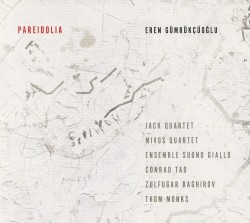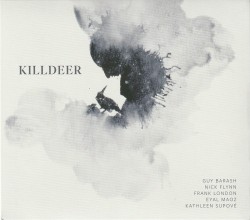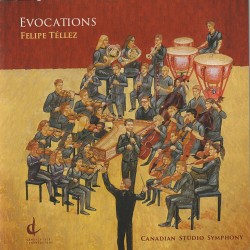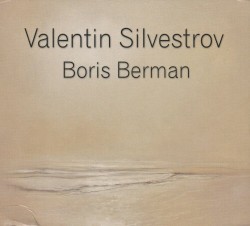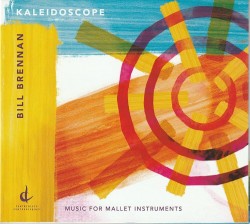I Had a Dream About This Place - No Hay Banda
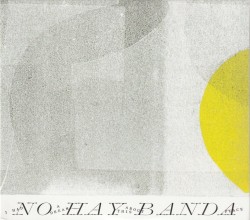 I Had a Dream About This Place
I Had a Dream About This Place
No Hay Banda
No Hay Discos NHD 002 (nohaybanda.ca)
Love of language but incapacity in more than two meant I had to look up a translation of this disc title, and guess what? No Hay Banda means “there is no band.” Their two-disc release from No Hay Discos is titled I Had a Dream About This Place.
No Hay Banda is made up of five instrumentalists and a soprano (apparently they exist as individuals) from Montreal. Their debut recording features four works, and you’re on your own in terms of liner notes. No Hay Discos chose instead to provide poems in French and English respectively, by Françoise Major and Donato Mancini. I suppose they are responses to the music, but I dare not attempt further parsing. Mancini’s text is also featured, often indistinctly in Andrea Young’s A Moment or Two of Panic, which at 32 minutes is more like several moments of ennui and angst. Anthony Tan’s half-hour is curiously titled An Overall Augmented Sense of Well-Being. I only get the augmented part. Also included are the somewhat briefer Rubber Houses by Sabrina Schroeder and Mauricio Pauly’s The Difference is the Buildings Between Us. A large letter “O” goes rogue on the playfully designed CD jacket, displaced from titles and composers’ names. That adds some sorely needed fun, but maybe it’s intended as a serious meditation on the difference between an oval and a circle, as suggested by the granite-shaded cover art.
There’s an average of 25 somewhat static minutes per cut. Whew. No hay tiempo. As the saying goes, less is sometimes more, but the reverse can also be true. Were we a civilization where meditation was taught from the cradle, perhaps this would be the music we all craved. Or rather preferred, since in that society there’d be no craving? Perhaps we wouldn’t be headed for environmental collapse. Perhaps the length of these pieces would evoke a kind of joy, like what one feels at the prospect of a free summer afternoon or a hot bath on a cold night. I admit to none of these responses. Instead, I become astoundingly furious as I listen to the patient clouds of sound drift out of my stereo.
I’ve performed music by some of this compositional cadre, not these four but others of a similar school. Some folks like it. It takes great focus to do well, as the players do here. And even so, there will be those who, like me, would like their two hours back.


